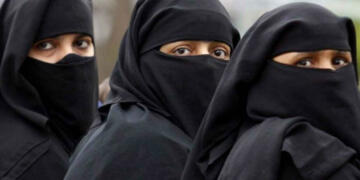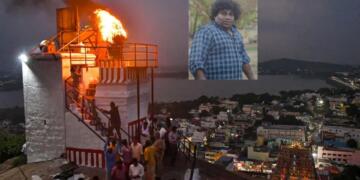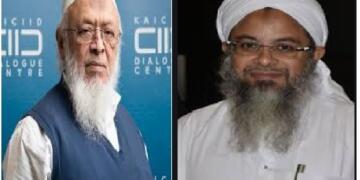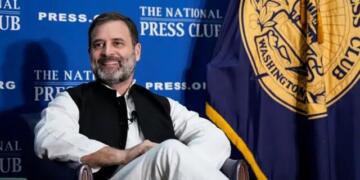Public healthcare is in a dire state in the country, as the Congress Party which ruled the country for decades, could not provide universal healthcare despite its repeated promises to do so in every election manifesto. Healthcare in the country has primarily been in private hands being very expensive, therefore most of the poor people are denied affordable care.
Almost 65 per cent of healthcare spending is out of pocket, and this is the reason behind the country’s poor performance on social indicators, especially those related to health.
The episode in JK Lone hospital of Kota, where more than 100 students have died so far, is the latest example of the poor state of public delivery of healthcare needs. The Congress governments have always kept public health at the bottom of their priority list
According to the draft of the National Health Policy, “Over 63 million people are faced with poverty every year due to healthcare costs alone. It is because there is no financial protection for the vast majority of healthcare needs.”
The two programs the Congress government brought to ensure health insurance were CGHS and RSBY, which could not cover even in 10 per cent of the total population. CGHS is the existing medical care scheme for central government employees started in 1954 under the Ministry of Health and Family Welfare, while RSBY was started in 2008 by the Manmohan Singh government to provide health insurance coverage to people living Below Poverty Line (BPL).
The social spending of the combined state budget is less than 25 per cent and 16 per cent of this goes to education and a mere 5.3 per cent is spent on healthcare. In order to enable states to efficiently deliver public goods like health and education, the central government increased the state’s share in the divisible pool of taxes from 32 per cent to 42 per cent, a steep increase, if one says so.
Since the Modi government came to power, it has made efforts to improve the public healthcare situation of the county. The public expenditure on healthcare improved from 1.2 per cent of GDP in 2013-14 to 1.4 per cent in 2017-18. “Government has increased the total public health expenditure (Centre and States) from Rs 1.49 lakh crore in 2014-15 to Rs 2.25 lakh crore in 2017-18, ” reads the Economic Survey 2017-18.
The National Health Policy 2017, drafted by Modi government, has envisaged taking the public healthcare spending to 2.5 per cent by 2025 in a time-bound manner, and combined state spending on health to more than 8 per cent of total budget compared to 5.3 per cent as of now. The developing economies in our neighbourhood like Sri Lanka (1.68%), Indonesia (1.40%) spend a better amount of GDP on public health. And therefore, India needs to reach at least to their level of public spending in healthcare.
Ayushman Bharat, which aims to provide health insurance to up to 5 Lakh rupees per year to more than 10 crore families or 50 crore people, will curb the out of pocket healthcare expenditure and help people to come out of vicious cycle poverty and disease. The new Modi-care policy by the government will create a competitive environment in the market to provide cheap and better healthcare in the country. Modi-care will be able to provide healthcare to the last man of the country which will be the realization of “Antyodaya” dream of BJP ideologue Pt Deen Dayal Upadhyay.































